Author: Matt Crosby, Bitcoin Magazine; Translated by Wuzhu, Golden Finance
As we head into 2025, it’s time to take a measured approach to predicting where Bitcoin will go this year. Taking into account factors such as on-chain data, market cycles, macroeconomic data, etc., we can go beyond pure speculation and paint a data-driven picture for the coming months.
MVRV Z-score: Huge upside potential
The MVRV Z-score measures the ratio between the actual price of Bitcoin (the average acquisition price of all BTC on the network) and its market value. Normalizing this ratio to volatility gives the Z-score, which historically has clearly reflected market cycles.
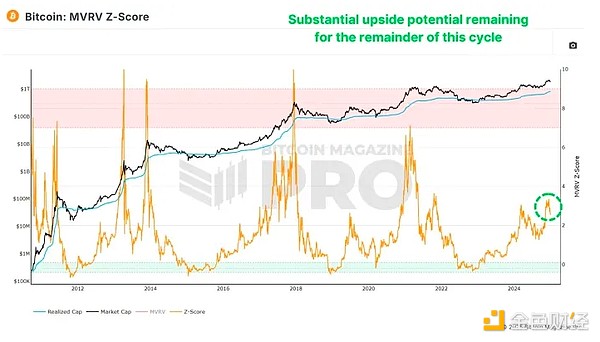
Figure 1: MVRV-Z score shows we are still a long way from market cycle peak.
Currently, the MVRV Z-score suggests we still have significant upside potential. While Z-scores have reached above 7 in previous cycles, I believe any score above 6 indicates overextension, prompting us to look more closely at other indicators to identify market peaks. Currently, we are hovering at levels comparable to May 2017 – when Bitcoin was worth just a few thousand dollars. Given the historical context, there is still hundreds of percentage points of potential gains to be had from current levels.
PI Cycle Oscillator: Bullish Momentum Resumed
Another important indicator is the Pi Cycle Tops and Bottom Indicator, which tracks the 111-day and 350-day moving averages (the latter multiplied by 2). Historically, when these averages cross, it usually signals a peak in Bitcoin price within a few days.
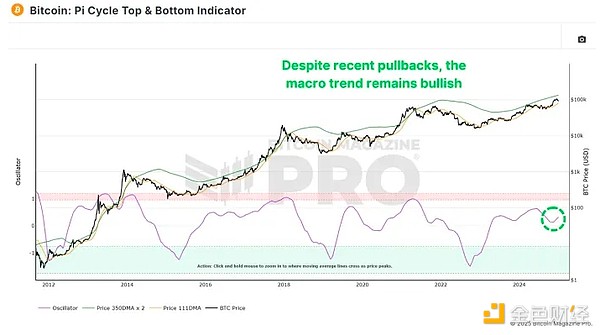
Figure 2: The macro trend remains bullish.
The distance between the two moving averages has begun to trend upward again, indicating that bullish momentum has re-emerged. Although 2024 has experienced a period of sideways consolidation, the breakout we are seeing now suggests that Bitcoin is entering a stronger growth phase that may last for several months.
Exponential Phase of the Cycle
Looking at Bitcoin’s historical price action, cycles typically have a “post-halving cool-down period” that lasts 6-12 months before entering an exponential growth phase. Based on previous cycles, we are approaching this breakout point. While gains are expected to be reduced compared to previous cycles, we can still see substantial growth.
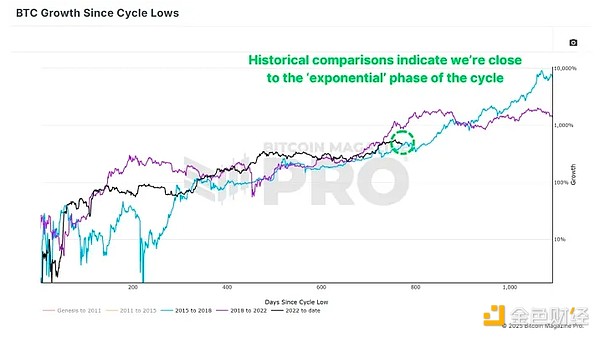
Figure 3: We are approaching the most bullish phase of the cycle compared to previous bull runs.
For context, the breakout above $20,000 in the 2020 cycle led to a 3.5x increase in the price of Bitcoin to a peak of nearly $70,000. If we see a 2x or 3x increase in the price of Bitcoin from the last peak of $70,000, then $140,000-210,000 is possible for Bitcoin in this cycle.
Macro Factors Supporting BTC in 2025
Despite facing resistance in 2024, Bitcoin has performed strongly, even against a stronger U.S. Dollar Index (DXY). Historically, Bitcoin and DXY move in opposite directions, so any reversal in DXY’s strength could further drive Bitcoin’s gains.
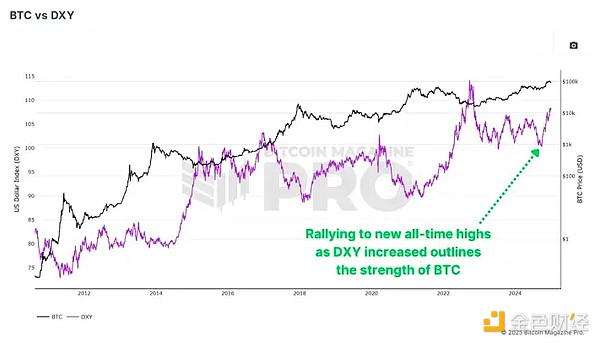
Figure 4: BTC rallies even as DXY surges.
Other macroeconomic indicators, such as the high-yield credit cycle and global M2 money supply, all suggest that conditions are improving for Bitcoin. The money supply contraction seen in 2024 is expected to reverse in 2025, setting the stage for a more favorable environment.
Cycle Main Chart: A Long Way to Go
The Bitcoin cycle main chart aggregates multiple on-chain valuation indicators, showing that Bitcoin still has considerable room to grow before reaching overvaluation. The upper limit is currently around $190,000 and continues to rise, which strengthens the prospect of continued upward momentum.
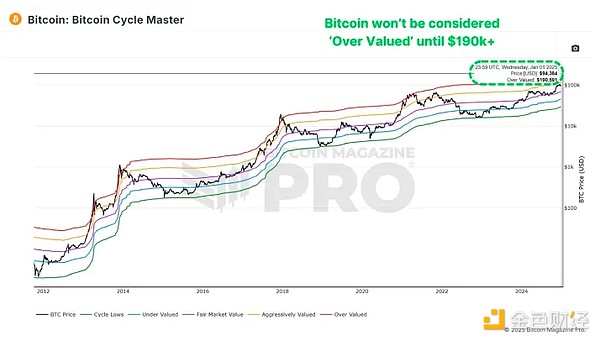
Figure 5: Cycle Master’s “overvalued” level has surpassed $190,000.
Summary
At this point, almost all data points are bullish for 2025. As always, past performance is no guarantee of future results, but the data suggests that even after an incredibly positive 2024, Bitcoin’s best days may still be ahead.
 Weatherly
Weatherly






